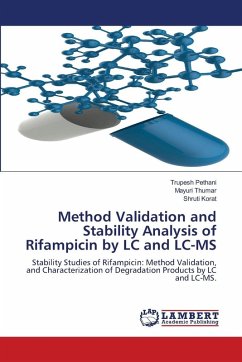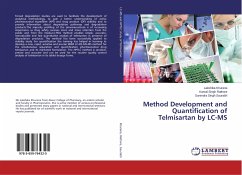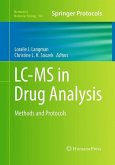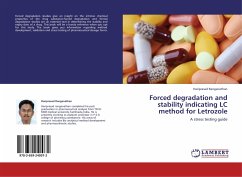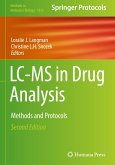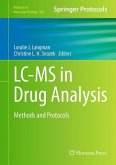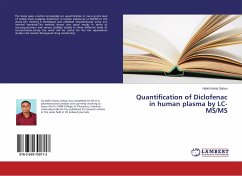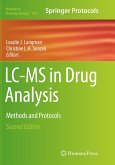This book presents a comprehensive study on the stability of rifampicin, a first-line anti-tuberculosis drug, through method development, validation, and characterization of its degradation products. It begins with an overview of tuberculosis, rifampicin's pharmacological profile, and the importance of stability-indicating methods in pharmaceutical quality control. Using HPLC and LC-MS techniques, the study optimizes chromatographic conditions and develops a validated stability-indicating method as per ICH guidelines. Forced degradation experiments under acidic, alkaline, oxidative, photolytic, and thermal stress reveal rifampicin's susceptibility to hydrolysis and other degradative pathways, with detailed characterization of degradation products. The validated method demonstrated accuracy, precision, linearity, robustness, and suitability for analyzing rifampicin in bulk and dosage forms. The work highlights the scientific and regulatory significance of stability testing in ensuring drug safety, efficacy, and quality throughout its shelf life, offering valuable insights for pharmaceutical research and development.
Bitte wählen Sie Ihr Anliegen aus.
Rechnungen
Retourenschein anfordern
Bestellstatus
Storno

